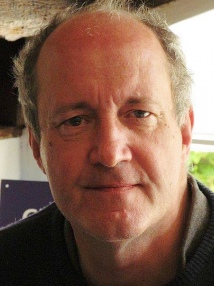BibTex format
@article{Gregson:2021:10.1080/02786826.2021.1883544,
author = {Gregson, FKA and Watson, NA and Orton, CM and Haddrell, AE and McCarthy, LP and Finnie, TJR and Gent, N and Donaldson, GC and Shah, PL and Calder, JD and Bzdek, BR and Costello, D and Reid, JP},
doi = {10.1080/02786826.2021.1883544},
journal = {Aerosol Science and Technology},
pages = {681--691},
title = {Comparing aerosol concentrations and particle size distributions generated by singing, speaking and breathing},
url = {http://dx.doi.org/10.1080/02786826.2021.1883544},
volume = {55},
year = {2021}
}

